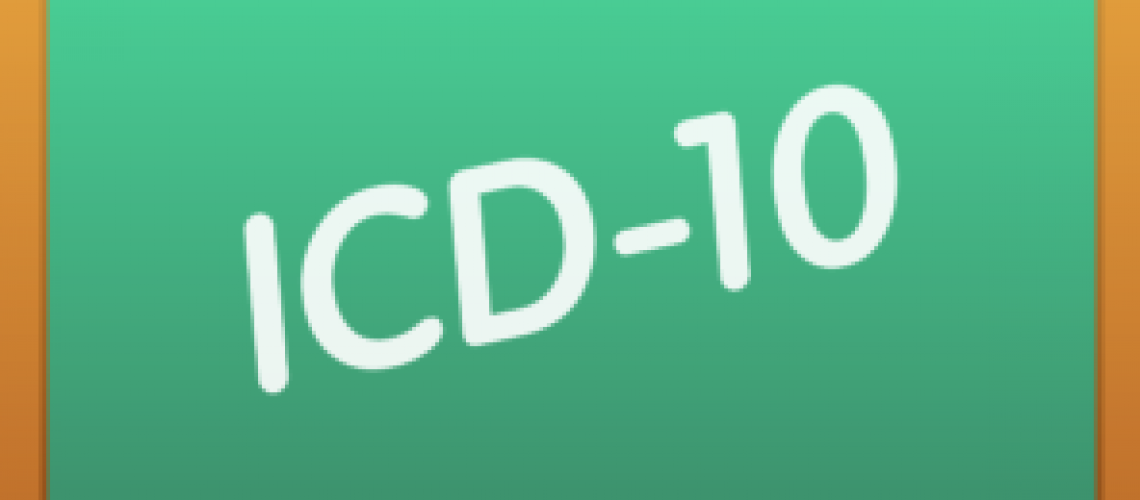Although International Classification of Diseases, Tenth Revision, Clinical Modification (ICD-10-CM) took effect on Oct. 1, 2015, there still are many gaps in the understanding and use of the code set.
ICD-10-CM is the standard transaction code set for diagnostic purposes under the Health Insurance Portability and Accountability Act (HIPAA). It is used to track health care statistics/disease burden, quality outcomes, mortality statistics and billing.
The ICD-10-CM guidelines also are covered under HIPAA, which means that anyone who uses the code set, including payers, cannot make up their own rules on “how” to use the code set.
While ICD-10-CM was not established for payment, the code set certainly impacts it. Therefore, it is vital to educate yourself and your staff on appropriate coding, which should result in appropriate payment.
ICD-10-CM terminology
“Other” codes
Codes titled “other” or “other specified” are used when the information in the medical record provides detail beyond the specificity of codes.
Example: A 7-year-old patient presents to the pediatrician with a rash around her wrist. After taking a history and performing an exam, the physician diagnoses the patient with contact dermatitis from wearing rubber bracelets.
Report code L23.5 Allergic contact dermatitis due to other chemical products. While a specific code does not exist for dermatitis due to contact with rubber products, the cause was specified (i.e., rubber), so the “other” code is most appropriate.
“Unspecified” codes
Codes titled “unspecified” are used when the information in the medical record is insufficient to assign a more specific code. For categories that do not have an unspecified code, the “other specified” code may represent both other and unspecified.
Example: A 12-year-old presents to his primary pediatrician’s office. He is diagnosed with pneumonia based on history and physical exam. The physician documents pneumonia.
Report code J18.9 Pneumonia, unspecified organism. In the outpatient setting, pneumonia typically is diagnosed clinically based on history and medical examination. However, the cause is rarely known at the point of care. Because nothing is specified in the documentation, the unspecified pneumonia code is reported.
“And”
The word “and” should be interpreted as either “and” or “or” when it appears in a title.
Example: A physician documents “lack of resources for adequate food” after screening and history-taking during a well-child exam.
Report code Z59.4 Lack of adequate food and safe drinking water. A diagnosis of lack of adequate food would be coded Z59.4, despite the fact that there is no indication of unsafe drinking water. The “and” means and/or.
Etiology/manifestation convention “in diseases classified elsewhere” note
Certain conditions have both an underlying etiology and multiple body system manifestations due to the underlying etiology. In most cases, the code title for manifestation codes will include “in diseases classified elsewhere.” Codes with this title are a component of the etiology/manifestation convention. The code title indicates that it is a manifestation code. “In diseases classified elsewhere” codes cannot be used as first-listed or principal diagnosis codes. They must be used in conjunction with an underlying condition code, and they must be listed following the underlying condition.
Do not report an “in diseases classified elsewhere” code when a code already combines the two.
Example: A physician documents bronchiolitis due to respiratory syncytial virus.
Report code J21.0 Acute bronchiolitis due to respiratory syncytial virus. Do not report J21.9 Acute bronchiolitis, unspecified and B97.4 Respiratory syncytial virus as the cause of diseases classified elsewhere.
In addition, never report an “in diseases classified elsewhere” code alone.
Example: A physician documents hand, foot and mouth disease.
Report code B08.4 Enteroviral vesicular stomatitis with exanthem. Do not report code B97.11 Coxsackievirus as the cause of diseases classified elsewhere
Clinical terminology
It is important to know how documenting clinical terminology in the chart can impact code selection.
Example: A physician screens a baby’s mother for depression.
Z13.32 Encounter for screening for maternal depression cannot be reported on the baby’s record since the baby is not being screened. Instead, report Z13.89 Screening for health conditions in the family via maternal depression.
Example: A patient has an acute suppurative otitis media of the ear, the third one in recent months. The ear drum is not perforated.
Report code H66.004 Acute suppurative otitis media without spontaneous rupture of ear drum, recurrent, right ear. The diagnosis conveys a more specific code than H66.91 Otitis media, unspecified, right ear and supports possible next steps for the patient, such as a referral.
The proper use of ICD-10-CM codes will result in fewer claim denials, less time with payers trying to justify increased clinical resources for the patient and a higher revenue stream.
——————————————————
Photo courtesy of: Medical Coding News
Originally Published On: AAP News
Follow Medical Coding Pro on Twitter: www.Twitter.com/CodingPro1
Like Us On Facebook: www.Facebook.com/MedicalCodingPro







